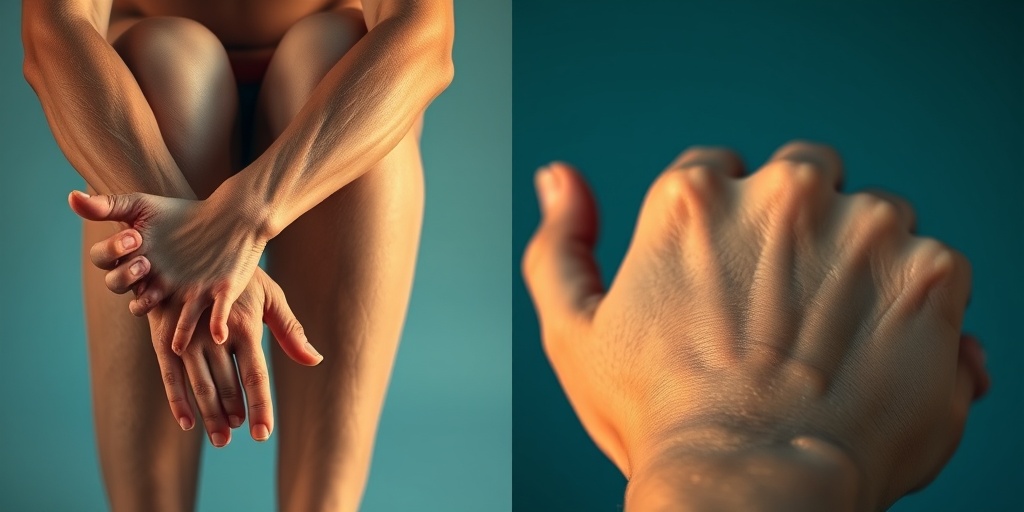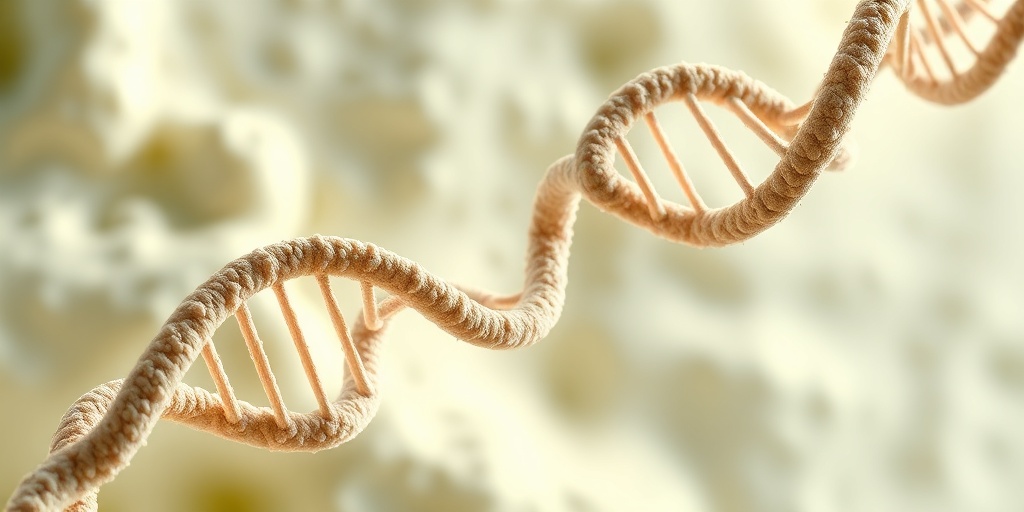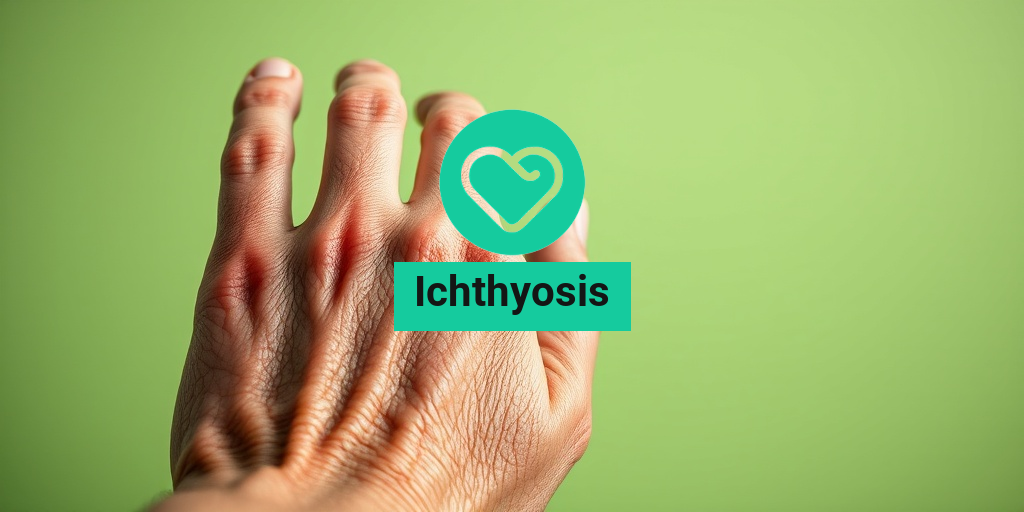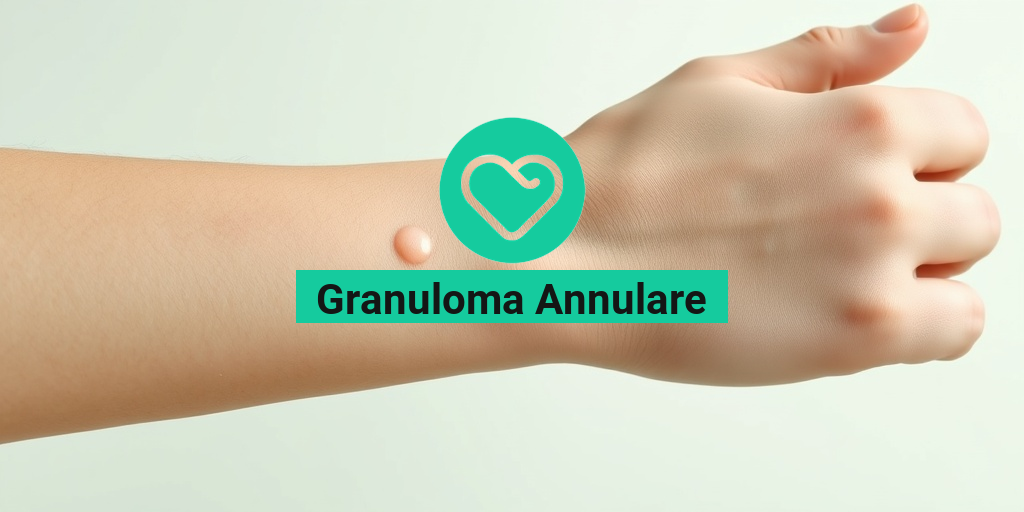What Is Ichthyosis?
Ichthyosis is a group of skin disorders characterized by dry, scaly skin. The term “ichthyosis” is derived from the Greek word “ichthys,” meaning fish, which reflects the fish-like appearance of the skin in some forms of the condition. This condition can be inherited or acquired, and it varies significantly in severity and presentation.
Types of Ichthyosis
There are several types of ichthyosis, each with its unique characteristics:
- Ichthyosis Vulgaris: The most common form, often appearing in childhood, characterized by dry, scaly skin, particularly on the arms and legs.
- Ichthyosis Linearis Circumflexa: A rare form that presents with linear, raised lesions on the skin, often found on the trunk and limbs.
- Ichthyosis Harlequin: A severe and rare form that can be life-threatening at birth, marked by thick, diamond-shaped scales and significant skin barrier dysfunction.
- Ichthyosis Hystrix: A rare type that features spiny or thorn-like projections on the skin.
Understanding the specific type of ichthyosis is crucial for effective management and treatment. If you suspect you or a loved one may have ichthyosis, consulting a healthcare professional is essential for accurate diagnosis and tailored care.
Causes of Ichthyosis
Ichthyosis can be caused by genetic mutations that affect the skin’s ability to shed dead cells properly. Inherited forms are typically passed down through families, while acquired forms may result from other medical conditions or environmental factors. Some common causes include:
- Genetic mutations
- Underlying health conditions (e.g., thyroid disorders)
- Medications that affect skin health
For those interested in learning more about the genetic aspects of ichthyosis, resources like Yesil Health AI can provide valuable insights.
Ichthyosis Symptoms
The symptoms of ichthyosis can vary widely depending on the type and severity of the condition. However, some common symptoms include:
- Dry, Scaly Skin: The hallmark symptom of ichthyosis is the presence of dry, flaky skin that can appear rough or scaly.
- Redness and Inflammation: In some cases, affected areas may become red and inflamed, particularly if there is excessive scratching or irritation.
- Cracking and Fissures: Severe dryness can lead to cracks in the skin, which may be painful and susceptible to infection.
- Thickened Skin: Some forms of ichthyosis can cause the skin to thicken, particularly on the palms of the hands and soles of the feet.
Impact on Daily Life
Living with ichthyosis can present various challenges, from physical discomfort to emotional and social implications. Individuals may experience:
- Itching and Discomfort: The dry skin can be itchy, leading to discomfort and potential sleep disturbances.
- Self-Esteem Issues: The visible nature of the condition can affect self-esteem and body image, particularly in social situations.
- Increased Sensitivity: People with ichthyosis may have heightened sensitivity to temperature changes, leading to discomfort in extreme weather conditions.
For those seeking support and community, online forums and resources can be invaluable. Engaging with others who understand the condition can provide comfort and practical advice.
Managing Ichthyosis Symptoms
While there is currently no cure for ichthyosis, various treatments can help manage symptoms and improve skin appearance. Common management strategies include:
- Moisturizers: Regular application of emollients can help hydrate the skin and reduce scaling.
- Exfoliating Agents: Products containing urea or alpha-hydroxy acids can aid in removing dead skin cells.
- Prescription Treatments: In more severe cases, dermatologists may prescribe topical retinoids or other medications to help manage symptoms.
For personalized treatment options, consulting a dermatologist is essential. They can recommend the best course of action based on individual needs and the specific type of ichthyosis.
In conclusion, ichthyosis is a complex condition that requires understanding and management. By recognizing the symptoms and exploring treatment options, individuals can lead fulfilling lives despite the challenges posed by this skin disorder. For more information and support, consider visiting Yesil Health AI for evidence-based health answers. 🌟

Types of Ichthyosis
Ichthyosis is a term that encompasses a group of skin disorders characterized by dry, scaly skin. While there are several types of ichthyosis, each presents unique symptoms and challenges. Understanding these types can help in managing the condition effectively. Here are the most common forms:
1. Ichthyosis Vulgaris
Ichthyosis vulgaris is the most prevalent form of ichthyosis, affecting approximately 1 in 250 individuals. This condition typically manifests in childhood and is often inherited in an autosomal dominant pattern. Symptoms include:
- Dry, scaly skin that may appear rough and flaky.
- Thickened skin on the palms and soles.
- Excessive scaling during winter months or in dry climates.
While there is no cure, ichthyosis vulgaris treatment often involves regular moisturizing and exfoliating to manage symptoms.
2. Ichthyosis Linearis Circumflexa
This rare form of ichthyosis is characterized by linear bands of scaling that can appear on various parts of the body. The scales often have a circumflex pattern, which can lead to significant discomfort. Treatment typically focuses on moisturizing and may include topical retinoids.
3. Harlequin Ichthyosis
Harlequin ichthyosis is one of the most severe forms of ichthyosis and is often life-threatening. Infants born with this condition have thick, diamond-shaped scales covering their bodies, which can restrict movement and lead to complications. Early intervention and intensive care are crucial for survival.
4. Ichthyosis Hystrix
Ichthyosis hystrix is characterized by spiky, horn-like projections on the skin. This form can vary in severity and may require surgical intervention in some cases. Treatment often includes topical therapies to manage scaling and discomfort.
5. Lamellar Ichthyosis
Lamellar ichthyosis is a genetic condition that presents at birth, with infants often covered in a thick, collodion membrane that eventually sheds. The skin may appear scaly and can be prone to infections. Management typically involves intensive moisturizing and the use of keratolytic agents.
Ichthyosis Causes
The causes of ichthyosis are primarily genetic, with most forms being inherited. Understanding the underlying causes can help in managing the condition and providing appropriate care. Here are some key factors:
1. Genetic Mutations
Ichthyosis is often caused by mutations in specific genes responsible for skin development and maintenance. For instance, mutations in the filaggrin gene are commonly associated with ichthyosis vulgaris. These mutations disrupt the skin’s ability to retain moisture, leading to dryness and scaling.
2. Inheritance Patterns
Many types of ichthyosis follow an autosomal dominant inheritance pattern, meaning only one copy of the mutated gene is needed for the condition to manifest. Others may be inherited in a recessive manner, requiring two copies of the mutated gene. Understanding these patterns can help families assess their risk of passing the condition to their children.
3. Environmental Factors
While genetics play a significant role, environmental factors can also influence the severity of ichthyosis symptoms. For example, exposure to dry climates or harsh soaps can exacerbate skin dryness and scaling. Maintaining a proper skincare routine is essential for managing these external factors.
4. Associated Conditions
Ichthyosis can sometimes be associated with other medical conditions, such as keratoderma or congenital ichthyosiform erythroderma. These associations can complicate the clinical picture and may require a multidisciplinary approach to treatment.
In summary, understanding the types and causes of ichthyosis is crucial for effective management and treatment. Whether it’s ichthyosis vulgaris or the more severe harlequin ichthyosis, each type presents unique challenges that can be addressed with the right care and support. 🌟

Ichthyosis Risk Factors
Ichthyosis is a group of skin disorders characterized by dry, scaly skin. Understanding the risk factors associated with ichthyosis can help in early identification and management of the condition. Here are some key factors to consider:
Genetic Predisposition
One of the most significant risk factors for ichthyosis is a family history of the condition. Many forms of ichthyosis, such as ichthyosis vulgaris and ichthyosis harlequin, are inherited in an autosomal dominant or recessive manner. If a parent has ichthyosis, there is a chance that their children may also inherit the condition.
Age and Gender
While ichthyosis can occur at any age, certain types are more prevalent in specific age groups. For instance, ichthyosis vulgaris often presents in childhood, while other forms, like ichthyosis linearis circumflexa, may appear later in life. Additionally, some studies suggest that males may be more likely to develop certain types of ichthyosis compared to females.
Environmental Factors
Environmental conditions can also play a role in the severity of ichthyosis symptoms. For example, extreme weather conditions, such as cold, dry climates, can exacerbate skin dryness and scaling. Exposure to harsh chemicals or irritants may also worsen the condition.
Associated Medical Conditions
Individuals with ichthyosis may have a higher risk of developing other medical conditions. For instance, ichthyosis can be associated with conditions like autism and other genetic syndromes. It’s essential to monitor for any additional symptoms that may arise.
Skin Care Practices
Improper skin care can worsen ichthyosis symptoms. Using harsh soaps or neglecting to moisturize can lead to increased dryness and scaling. It’s crucial for individuals with ichthyosis to adopt a gentle skin care routine that includes regular moisturizing and exfoliation.
Ichthyosis Diagnosis
Diagnosing ichthyosis typically involves a combination of clinical evaluation and medical history. Here’s how healthcare professionals approach the diagnosis:
Clinical Examination
The first step in diagnosing ichthyosis is a thorough clinical examination. A dermatologist will assess the skin’s appearance, texture, and distribution of scales. The characteristic dry, scaly skin is often a telltale sign of ichthyosis. The doctor may also look for other symptoms, such as redness or inflammation, to differentiate between various types of ichthyosis.
Medical History
A detailed medical history is crucial in the diagnostic process. The healthcare provider will ask about:
- Family history of skin disorders
- Onset and progression of symptoms
- Any associated medical conditions
- Current skin care practices
Skin Biopsy
In some cases, a skin biopsy may be necessary to confirm the diagnosis. This involves taking a small sample of skin tissue for laboratory analysis. The biopsy can help identify the specific type of ichthyosis and rule out other skin conditions that may present similarly.
Genetic Testing
For certain types of ichthyosis, especially those with a known genetic basis, genetic testing may be recommended. This can help identify specific mutations associated with the condition, providing valuable information for treatment options and family planning.
Consultation with Specialists
In complex cases, a referral to a geneticist or a specialist in dermatology may be necessary. These experts can provide further insights into the condition and recommend appropriate management strategies.
Understanding the risk factors and diagnostic process for ichthyosis is essential for effective management. Early diagnosis and intervention can significantly improve the quality of life for those affected by this condition. 🌟

Ichthyosis Treatment Options
Ichthyosis is a group of skin disorders characterized by dry, scaly skin. While there is currently no cure for ichthyosis, various treatment options can help manage symptoms and improve skin appearance. Understanding these options is crucial for anyone affected by this condition.
Topical Treatments
One of the most common approaches to managing ichthyosis involves the use of topical treatments. These products help to hydrate the skin and reduce scaling. Here are some effective topical treatments:
- Moisturizers: Regular application of thick moisturizers can significantly improve skin hydration. Look for products containing ingredients like urea, lactic acid, or glycerin to help retain moisture.
- Exfoliating Agents: Creams containing alpha-hydroxy acids (AHAs) or beta-hydroxy acids (BHAs) can help remove dead skin cells and promote smoother skin. These are particularly beneficial for conditions like ichthyosis vulgaris.
- Retinoids: Prescription retinoids, such as acitretin, can help normalize skin cell turnover and reduce scaling. However, they should be used under the guidance of a healthcare professional due to potential side effects.
Oral Medications
In more severe cases of ichthyosis, oral medications may be necessary. These can include:
- Acitretin: This oral retinoid is often prescribed for severe forms of ichthyosis, such as ichthyosis harlequin. It helps to reduce scaling and improve skin texture.
- Other Systemic Treatments: In some instances, other systemic treatments may be considered, depending on the specific type of ichthyosis and its severity.
Phototherapy
Phototherapy, or light therapy, can also be an effective treatment for certain types of ichthyosis. This involves exposing the skin to ultraviolet (UV) light under medical supervision. It can help reduce scaling and improve skin condition.
Supportive Therapies
In addition to medical treatments, supportive therapies can play a vital role in managing ichthyosis:
- Hydrotherapy: Soaking in warm water can help soften the skin and make it easier to exfoliate. Adding bath oils or oatmeal can enhance the benefits.
- Physical Therapy: For individuals with mobility issues due to severe skin conditions, physical therapy can help maintain movement and flexibility.
Ichthyosis Skin Care Tips
Proper skin care is essential for managing ichthyosis effectively. Here are some practical tips to help maintain healthy skin:
Establish a Daily Routine
Creating a consistent skin care routine can make a significant difference. Here’s a simple daily regimen:
- Cleanse Gently: Use a mild, fragrance-free cleanser to wash your skin. Avoid harsh soaps that can strip natural oils.
- Moisturize Immediately: Apply a thick moisturizer right after bathing to lock in moisture. This is crucial for preventing dryness.
- Exfoliate Regularly: Incorporate gentle exfoliation into your routine a few times a week to remove dead skin cells. Be cautious not to over-exfoliate, as this can irritate the skin.
Choose the Right Products
Selecting the right skin care products is vital for managing ichthyosis:
- Avoid Irritants: Steer clear of products with alcohol, fragrances, or harsh chemicals that can irritate the skin.
- Opt for Thick Creams: Look for creams and ointments rather than lotions, as they provide better hydration and protection.
Stay Hydrated
Drinking plenty of water is essential for overall skin health. Staying hydrated helps maintain skin elasticity and moisture levels. Aim for at least 8 glasses of water a day! 💧
Protect Your Skin
Environmental factors can exacerbate ichthyosis symptoms. Here are some protective measures:
- Use Sunscreen: Protect your skin from UV rays by applying a broad-spectrum sunscreen with at least SPF 30 before going outdoors.
- Dress Appropriately: Wear loose-fitting, breathable clothing to avoid irritation and allow your skin to breathe.
By following these treatment options and skin care tips, individuals with ichthyosis can manage their symptoms more effectively and improve their quality of life. Remember, it’s always best to consult with a healthcare professional for personalized advice and treatment plans tailored to your specific needs. 🌟

Frequently Asked Questions about Ichthyosis
What is Ichthyosis?
Ichthyosis is a group of skin disorders characterized by dry, scaly skin. The severity and appearance of the condition can vary widely among individuals. It is often inherited and can be present at birth or develop later in life.
What are the different types of Ichthyosis?
- Ichthyosis Vulgaris: The most common form, often mild and manageable.
- Ichthyosis Harlequin: A severe form that can be life-threatening at birth.
- Ichthyosis Linearis Circumflexa: Characterized by linear, raised lesions.
- Ichthyosis Hystrix: A rare form with spiky scales.
How is Ichthyosis treated?
Treatment for ichthyosis typically focuses on managing symptoms and may include:
- Moisturizers and emollients to hydrate the skin.
- Exfoliating agents to remove dead skin cells.
- Topical retinoids for severe cases.
- Oral medications like Acitretin for more severe forms.
Can Ichthyosis improve with age?
Many individuals with ichthyosis notice an improvement in their symptoms as they age. However, this can vary significantly from person to person. Regular skincare routines can help manage the condition effectively.
Is there a specific cream recommended for Ichthyosis Vulgaris?
While there are many creams available, those containing urea or lactic acid are often recommended for ichthyosis vulgaris. These ingredients help to exfoliate and hydrate the skin. Always consult with a dermatologist for personalized recommendations.
Can Ichthyosis occur in dogs?
Yes, ichthyosis can also affect dogs, particularly certain breeds. Symptoms in dogs may include dry, flaky skin and excessive shedding. If you suspect your pet has ichthyosis, consult a veterinarian for proper diagnosis and treatment options.
How do I pronounce Ichthyosis?
Ichthyosis is pronounced as ik-thee-oh-sis. The name is derived from the Greek word “ichthys,” meaning fish, which reflects the scaly appearance of the skin.
What should I do if my symptoms resurface?
If you experience a resurgence of symptoms, it is important to consult with a healthcare professional. They can help adjust your treatment plan and recommend effective skincare routines to manage your condition.
Are there natural remedies for Ichthyosis?
Some individuals explore natural remedies, such as coconut oil or aloe vera, to help soothe their skin. However, it’s essential to discuss any natural treatments with a healthcare provider to ensure they are safe and effective for your specific condition.
Can saltwater help with Ichthyosis?
Some people find that saltwater can provide temporary relief for dry skin. However, it is crucial to follow up with a good moisturizer afterward to prevent further dryness.
Where can I find support for Ichthyosis?
Support groups and online communities can be invaluable for individuals with ichthyosis. Connecting with others who share similar experiences can provide emotional support and practical advice. Look for local or online support groups dedicated to skin conditions.




